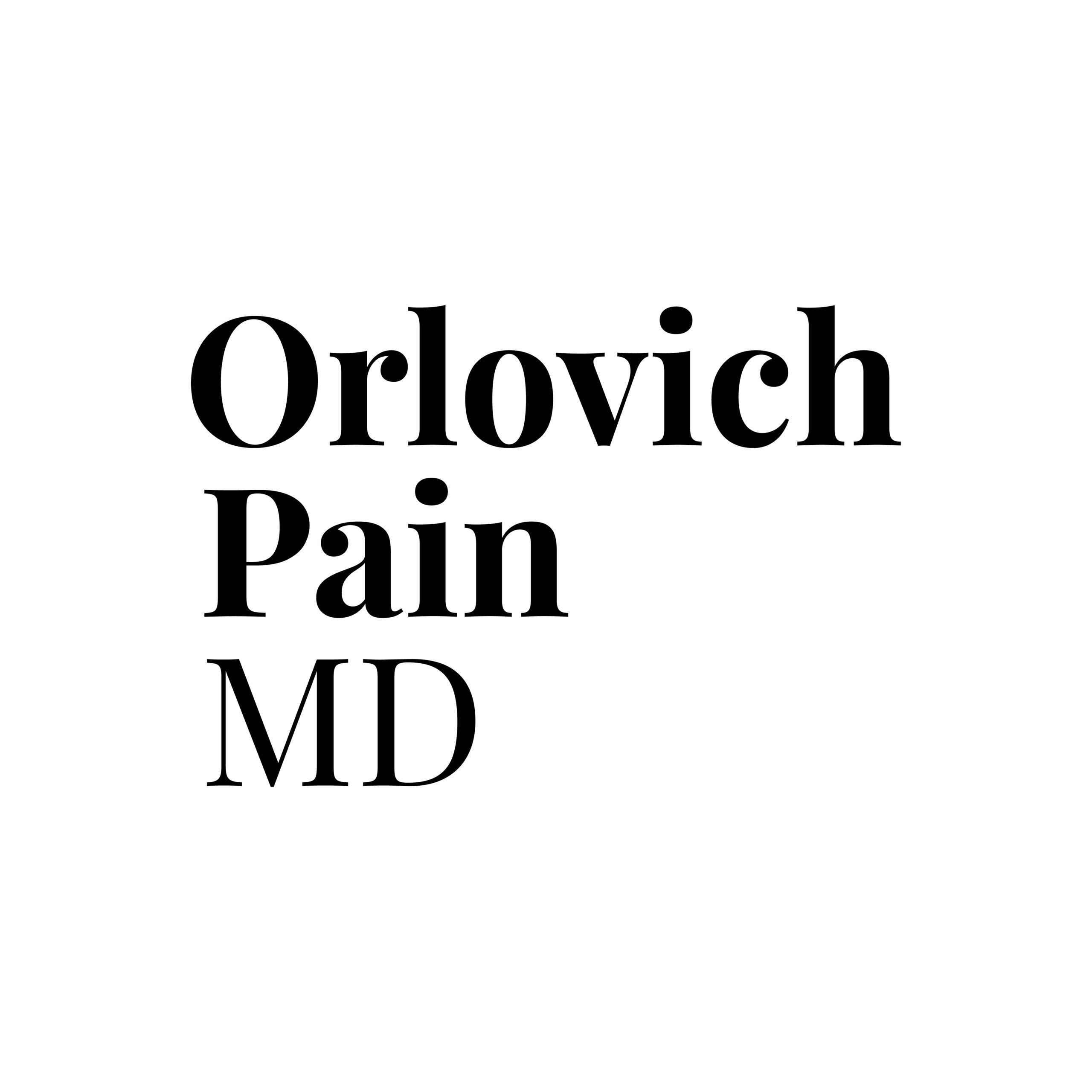Brief overview of NSAIDs (Nonsteroidal Anti-Inflammatory Drugs)
Nonsteroidal Anti-Inflammatory Drugs (NSAIDs) are a class of medications commonly used to alleviate pain and reduce inflammation. Examples include ibuprofen and aspirin. While effective, long-term use of NSAIDs is associated with potential side effects such as gastrointestinal bleeding and kidney damage.
Common uses and potential side effects of NSAIDs
NSAIDs are widely used to manage conditions like arthritis, musculoskeletal pain, and inflammation. However, prolonged use can lead to adverse effects, including stomach ulcers, cardiovascular issues, and kidney problems. This has sparked interest in exploring natural alternatives for pain relief.
Introduction to the concept of exploring natural alternatives
The shift towards natural alternatives stems from the desire to mitigate the risks associated with NSAIDs. Natural remedies often pose fewer side effects and can provide a holistic approach to pain management, addressing the root causes of inflammation.

Understanding the Need for Natural Alternatives
A. Highlighting the drawbacks and risks associated with long-term NSAID use
Long-term NSAID use raises concerns about gastrointestinal complications, cardiovascular risks, and impaired kidney function. Recognizing these drawbacks underscores the importance of seeking safer alternatives.
B. The importance of seeking alternatives for individuals with contraindications to NSAIDs
Certain individuals, such as those with gastrointestinal issues, cardiovascular diseases, or allergies to NSAIDs, may face contraindications. Exploring natural alternatives becomes crucial to managing pain without exacerbating underlying health conditions.
C. Growing interest in natural and holistic approaches to health
The growing interest in holistic health emphasizes the need to address pain not just symptomatically but by considering overall well-being. Natural alternatives align with this philosophy, offering a more comprehensive approach to pain management.
Turmeric and Curcumin
A. Introduction to turmeric as a potent anti-inflammatory spice
Turmeric, a vibrant yellow spice, contains curcumin, its active compound. Curcumin is renowned for its potent anti-inflammatory properties, inhibiting enzymes that contribute to inflammation.
B. Explanation of curcumin, the active compound in turmeric
Curcumin’s anti-inflammatory effects are attributed to its ability to modulate various molecular targets. Studies suggest that curcumin can rival the effectiveness of some anti-inflammatory drugs, making it a promising natural alternative.
C. Studies supporting turmeric’s effectiveness in pain management
Research indicates that turmeric and curcumin may be effective in managing conditions like arthritis and joint pain. Incorporating turmeric into the diet or taking curcumin supplements showcases promise in reducing inflammation and alleviating pain.
D. Practical ways to incorporate turmeric into the diet
Adding turmeric to meals, consuming turmeric tea, or taking curcumin supplements are practical ways to integrate this natural remedy into daily life. This versatility makes turmeric a convenient option for those seeking natural pain relief.
Ginger
A. Overview of ginger’s anti-inflammatory and analgesic properties
Ginger, another potent natural remedy, possesses anti-inflammatory and analgesic properties. It contains gingerol, which has been studied for its ability to reduce pain and inflammation.
B. Discussion on ginger’s impact on joint pain and osteoarthritis
Studies suggest that ginger may be particularly effective in reducing joint pain and symptoms of osteoarthritis. Its anti-inflammatory nature makes it a valuable addition to the toolkit of natural pain relief alternatives.
C. Varieties of ginger consumption, including tea, supplements, and fresh ginger in meals
Ginger can be consumed in various forms, such as ginger tea, supplements, or fresh ginger incorporated into meals. This adaptability allows individuals to choose the method that suits their preferences and lifestyle.
Boswellia (Frankincense)
A. Introduction to boswellia as an herbal remedy for inflammation
Boswellia, derived from the resin of the Boswellia serrata tree, has been used traditionally as an herbal remedy for inflammation. It contains boswellic acids, which exert anti-inflammatory effects.
B. Explanation of key compounds in boswellia and their effects
Boswellic acids inhibit pro-inflammatory enzymes, reducing inflammation. Research indicates that boswellia may be particularly beneficial in managing conditions like osteoarthritis, making it a promising natural alternative.
C. Studies demonstrating boswellia’s potential in reducing joint pain and inflammation
Scientific studies support the efficacy of boswellia in reducing joint pain and inflammation, highlighting its potential as a natural alternative to NSAIDs. Incorporating boswellia supplements may offer relief for those seeking alternatives to conventional medications.
Willow Bark
A. Historical use of willow bark as a natural pain reliever
Willow bark has a long history of use as a natural pain reliever, with ancient civilizations using it for its analgesic properties. The bark contains salicin, a compound similar to aspirin.
B. Presence of salicin in willow bark and its similarity to aspirin
Salicin, when metabolized, produces salicylic acid, akin to aspirin’s active ingredient. Willow bark’s natural form of salicin may provide pain relief without some of the adverse effects associated with synthetic NSAIDs.
C. Cautionary notes regarding willow bark usage for certain individuals
While willow bark shows promise, caution is advised, especially for individuals allergic to aspirin or those with certain medical conditions. Consulting a healthcare professional is crucial before incorporating willow bark into a pain management regimen.

Importance
- Mitigating Side Effects:
- NSAIDs are notorious for causing gastrointestinal problems, including ulcers and bleeding2. The exploration of natural alternatives becomes crucial in mitigating these side effects, as many natural remedies pose fewer risks in terms of adverse reactions.
- Individuals with Contraindications:
- Certain individuals, such as those with pre-existing gastrointestinal issues, cardiovascular diseases, or allergies to NSAIDs, may face contraindications for conventional medications3. Natural alternatives provide a viable option for these individuals to manage pain without exacerbating their underlying health conditions.
- Holistic Health Approach:
- The growing interest in holistic health emphasizes the need to treat the root causes of pain, promoting overall well-being4. Natural alternatives align with this philosophy by addressing inflammation at its source, offering a more comprehensive approach to pain management.
- Reducing Long-Term Risks:
- Long-term use of NSAIDs has been linked to increased risks of cardiovascular events and kidney damage5. Exploring natural alternatives becomes a strategic approach to minimize these long-term risks, especially for individuals who require pain management over an extended period.
- Patient Preference:
- Some individuals prefer natural remedies due to personal beliefs, lifestyle choices, or a desire to minimize reliance on pharmaceuticals6. The availability of effective natural alternatives provides patients with choices that align with their preferences.
- Combating Antibiotic Resistance:
- Overreliance on pharmaceuticals, including NSAIDs, contributes to the global issue of antibiotic resistance7. By exploring natural alternatives, there is an opportunity to reduce the overall burden on healthcare systems and combat the growing concern of antimicrobial resistance.

References:
- Fosbol, E. L., Gislason, G. H., Jacobsen, S., Abildstrom, S. Z., Hansen, M. L., Schramm, T. K., … & Kober, L. (2009). The pattern of use of non-steroidal anti-inflammatory drugs (NSAIDs) from 1997 to 2005: a nationwide study on 4.6 million people. Pharmacoepidemiology and Drug Safety, 18(2), 109-118. ↩
- Lanas, A., Garcia-Rodriguez, L. A., Polo-Tomas, M., & Ponce, M. (2009). Users of NSAIDs in the general population and NSAID use in patients with upper gastrointestinal bleeding. Gastroenterology, 137(3), 790-798. ↩
- Derry, S., Moore, R. A., & Rabbie, R. (2009). Topical NSAIDs for chronic musculoskeletal pain in adults. Cochrane Database of Systematic Reviews, (3), CD007400. ↩
- Astin, J. A. (1998). Why patients use alternative medicine: results of a national study. Jama, 279(19), 1548-1553. ↩
- McGettigan, P., & Henry, D. (2013). Cardiovascular risk with non-steroidal anti-inflammatory drugs: systematic review of population-based controlled observational studies. PLoS medicine, 10(2), e1001388. ↩
- Tindle, H. A., Petzke, F. J., & Petzke, F. J. (2005). A mind-body medicine approach to pain management in rheumatoid arthritis. Pain Medicine, 6(3), 183-192. ↩
- O’Neill, J. (2016). Tackling drug-resistant infections globally: Final report and recommendations. HM Government and the Wellcome Trust. ↩
Questions
What are NSAIDs, and why might people seek alternatives?
NSAIDs (Nonsteroidal Anti-Inflammatory Drugs) are medications commonly used for pain relief and inflammation. People might seek alternatives due to potential side effects, including gastrointestinal issues and cardiovascular risks associated with long-term use.
How does turmeric provide natural pain relief?
Turmeric contains curcumin, a potent anti-inflammatory compound. Curcumin inhibits enzymes that contribute to inflammation, making turmeric a natural alternative for pain relief.
Can ginger help with joint pain and osteoarthritis?
Yes, ginger possesses anti-inflammatory and analgesic properties that may be effective in reducing joint pain and symptoms of osteoarthritis.
What is boswellia, and how does it work as a natural remedy for inflammation?
Boswellia, derived from the Boswellia serrata tree, contains boswellic acids that inhibit pro-inflammatory enzymes, offering anti-inflammatory effects and making it a natural remedy for inflammation.
How does willow bark compare to aspirin, and what precautions should be taken?
Willow bark contains salicin, a compound similar to aspirin. While it may offer natural pain relief, caution is advised, especially for those allergic to aspirin or with certain medical conditions.
Conclusion
Explore natural alternatives to NSAIDs for pain relief, embracing methods like acupuncture, yoga, and herbal supplements. These drug-free options offer effective solutions, promoting holistic well-being. Prioritize a balanced lifestyle, mindful practices, and consult with healthcare professionals for personalized guidance on incorporating these alternatives into your pain management routine.






